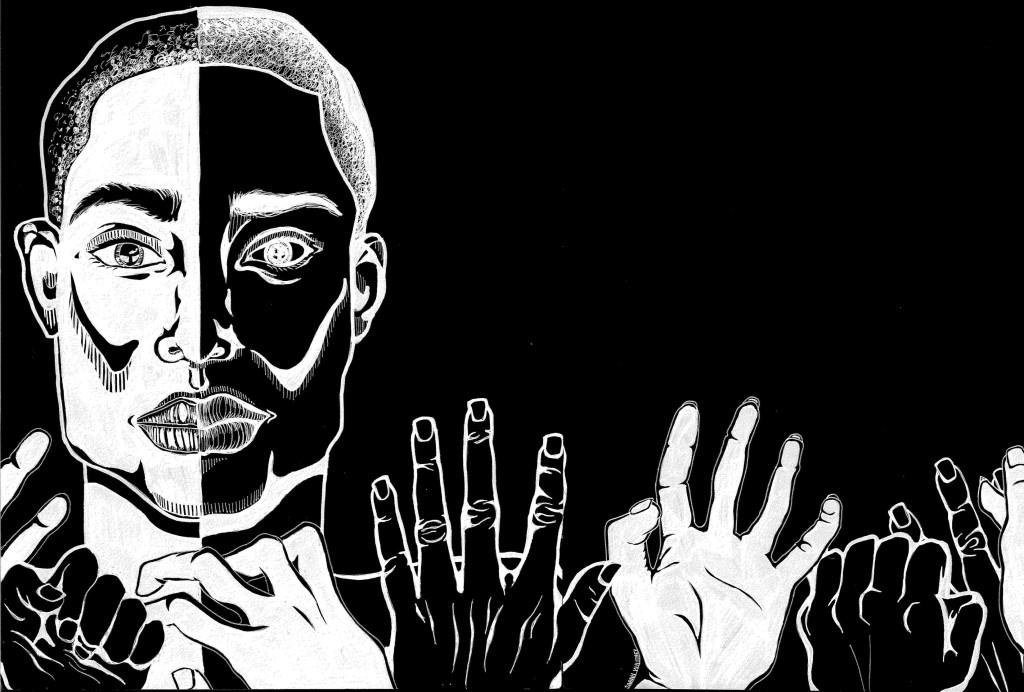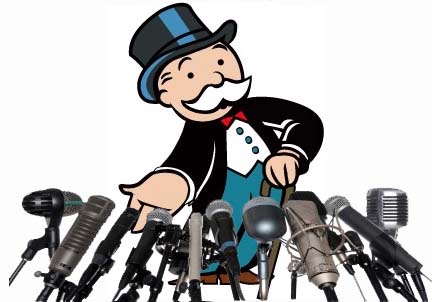by Deborah Medwin
With the adaptation of Common Core standards by the majority of U.S. states, scrutiny of educational practices has rarely been tighter. Educators, parents, students and taxpayers are focused on the state of education across the nation, and the media now reports on such educational intricacies as curriculum planning and literacy standards. The ensuing controversy over the value of the Common Core reveals not only America’s passion for education, but also its historical tendency to both embrace and reject deviations from what might be considered an educational norm.
From racial integration to MOOCs, there have been experiments in education. Teaching methods vary depending upon the intent and style of the instructor, the time period, fashionable techniques, and school, state, or federal impositions, but since the formal adaptation of tax-supported public school (in the 17th century) in the U.S., these institutions of learning and teaching have consistently weathered controversy. Top Education Degrees has examined some of the most surprising, provocative, or revolutionary educational practices and compiled a list of the 30 most controversial.
Method for Selection
The nature of a controversy is a dispute that is prolonged, impassioned, and often public in nature. Top Education Degrees began by defining controversy in education based on one or more of the following four guidelines:
1. A subjective social or religious issue that uniquely affects education
Issues like gun control, sex ed, prayer, creation v. evolution and spanking in schools are, for the most part, matters of personal opinion. Implementation of rules regarding such issues may be based on legal precedent or pressure from political, administrative or parental authority, but when opposing perspectives among interested parties converge, controversy is inevitable.
2. A deviation from traditional methods
Educational practices, teaching methods, and curriculum vary from school to school; nevertheless, in most public schools in the U.S., there exists a basic concept of education. Children are required by law to attend an educational institution whose responsibility is to impart knowledge and understanding of the traditional subjects: mathematics, English, social studies, and sciences. A certain level of non-traditional teaching style and subject emphasis is generally tolerated or desired, of course, but when non-standard educational movements become broad, such as flipped schools, MOOCs, or homeschooling, or threaten to affect traditional schools, like same sex schools or integration of students with special needs, controversy ensues.
3. A potential “corruption” or harming of students
Education is intended to provide knowledge, skills, and discipline; educated students are prepared for careers, personal fulfillment, inter-personal relations, and general life navigation. Sometimes, however, a school or instructor distorts those objectives, intentionally or not, and physically or ethically obstructs the goals of education. The controversy lies in the perspective: to some, educational research which depends upon real classroom conduct is progressive or necessary, while to others, emotionally or intellectually manipulating students or grades amounts to exploitative human experimentation.
4. Shown to be historically, scientifically, or socially incorrect
From a more historical standpoint, some of the controversial practices included in this list are no longer legal or fashionable, but are nevertheless prime examples of contentious topics in education. It is precisely because of the controversy that practices like racial segregation have been challenged, disproven, and abolished, but in some cases, despite evidence to the contrary, questionable educational practices persist.
# 30 Blue Eyes/Brown Eyes: Third Grade Discrimination
In 1968, while the U.S. was in the throes of the civil rights movement, Jane Elliot, a Riceville, Iowa, third grade teacher, questioned her all-white class about racial discrimination, and wondered whether they knew what it felt like to be treated badly because of the color of one’s skin. Concluding that empathy could best be achieved through experience, Elliott instructed her class to implement a new way of thinking: that brown eyed people were superior to blue eyed students, and the two groups should not mingle. Brown eyed students were given extra recess and academic praise, while blue eyed students were isolated and ridiculed. The following day, Elliot reversed the hierarchy, and blue eyed students became the privileged group. In just a short time, the superior set became mean and exclusive, while the lower group was plagued by academic underperformance and depressive thoughts. Elliott discussed the children’s actions and feelings, and ended the lesson by explaining its point: that just as the color of a person’s eyes shouldn’t affect their treatment, neither should the color of their skin.
While Elliott’s methods have become well known and widely used (they have inspired training videosused around the world used to help employers educate staff and instill basic workplace guidelines about racial tolerance), they have nevertheless provoked some controversy. How wide a role does a public school play in the social and moral guidance of its students? What are the ethical implications of subjecting a student to emotional discomfort for the sake of instilling personal and social 30 Most Controversial Education Practices in U. S. History: 









